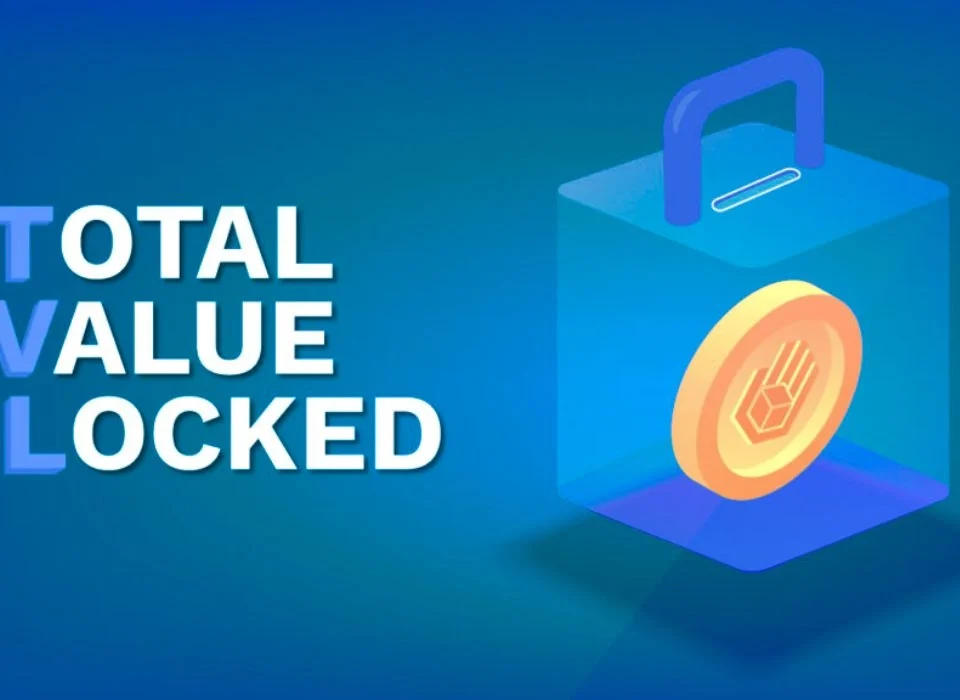
How to Use Crypto Trading Bots
26/07/2024
The Role of Blockchain in Gaming
30/07/2024How to Manage Cryptocurrency Risk
Cryptocurrency investments offer significant opportunities for high returns, but they also come with substantial risks. As the market is highly volatile and relatively new, understanding and managing these risks is crucial for any investor. This comprehensive guide will explore the various risks associated with cryptocurrencies and provide strategies to manage and mitigate them effectively.

Understanding Cryptocurrency Risk
Market Volatility
Cryptocurrency markets are known for their extreme volatility. Prices can fluctuate dramatically within short periods, influenced by market sentiment, regulatory news, technological advancements, and macroeconomic factors.
Regulatory Risk
Cryptocurrencies operate in a legal grey area in many jurisdictions. Regulatory changes can have significant impacts on the market, potentially leading to bans, restrictions, or new compliance requirements.
Security Risk
Cryptocurrencies are stored in digital wallets, which can be vulnerable to hacking, phishing, and other cybersecurity threats. Security breaches can result in significant financial losses.
Technology Risk
The underlying technology of cryptocurrencies, blockchain, is still evolving. Bugs, vulnerabilities, and technical failures can pose risks to the integrity and value of digital assets.
Liquidity Risk
Some cryptocurrencies have low trading volumes, making it difficult to buy or sell large quantities without affecting the market price. This can lead to liquidity issues, especially in times of market stress.
Operational Risk
Operational risks include errors in transaction processing, failures of exchanges or trading platforms, and other issues related to the infrastructure supporting cryptocurrency trading.
Strategies for Managing Cryptocurrency Risk
Diversification
Diversification is a fundamental risk management strategy that involves spreading investments across various assets to reduce exposure to any single asset or risk. By diversifying your cryptocurrency portfolio, you can mitigate the impact of a poor-performing asset on your overall investment.
Steps to Diversify
- Invest in Multiple Cryptocurrencies: Instead of putting all your funds into one cryptocurrency, invest in a mix of well-established coins (like Bitcoin and Ethereum) and promising altcoins.
- Include Different Types of Assets: Consider adding stablecoins, which are less volatile, to balance your portfolio.
- Diversify Across Sectors: Invest in cryptocurrencies that serve different purposes, such as payment systems, smart contract platforms, and DeFi tokens.
Risk Assessment
Conduct thorough risk assessments before investing in any cryptocurrency. Evaluate the project’s fundamentals, technology, team, market potential, and regulatory environment.
Key Assessment Factors
- Technology: Analyze the blockchain technology, consensus mechanism, and scalability.
- Team: Research the experience and track record of the development team.
- Use Case: Understand the problem the cryptocurrency aims to solve and its market demand.
- Regulation: Stay informed about the regulatory status of the cryptocurrency in different jurisdictions.
Use Secure Wallets
Choosing the right wallet is crucial for securing your digital assets. There are several types of wallets, each with different security levels.
Types of Wallets
- Hardware Wallets: Physical devices that store your private keys offline, providing the highest level of security. Examples include Ledger Nano S and Trezor.
- Software Wallets: Applications installed on your computer or mobile device. Ensure they are from reputable providers and keep them updated.
- Paper Wallets: Physical documents containing your private and public keys. They are highly secure but require careful handling to prevent loss or damage.
- Online Wallets: Web-based wallets accessible via a browser. While convenient, they are more susceptible to hacking.
Implement Strong Security Measures
Securing your investments involves more than just choosing the right wallet. Implement additional security measures to protect your assets.
Security Best Practices
- Use Strong Passwords: Create complex, unique passwords for your wallets and exchange accounts.
- Enable Two-Factor Authentication (2FA): Add an extra layer of security by enabling 2FA on all accounts.
- Regular Backups: Regularly back up your wallet’s private keys and store them securely.
- Be Wary of Phishing: Avoid clicking on suspicious links and be cautious of unsolicited communications asking for your private keys or passwords.
Stay Informed and Educated
The cryptocurrency market evolves rapidly, and staying informed is essential for managing risk.
Continuous Learning
- Follow News and Trends: Keep up with the latest developments, news, and trends in the cryptocurrency space.
- Join Communities: Participate in online forums and communities (e.g., Reddit, Telegram) to learn from other investors and experts.
- Read Whitepapers: Thoroughly read and understand the whitepapers of cryptocurrencies you plan to invest in.
Set Realistic Goals and Limits
Having clear investment goals and limits helps you stay disciplined and manage risk effectively.
Investment Planning
- Define Your Risk Tolerance: Understand how much risk you are willing to take and invest accordingly.
- Set Profit and Loss Limits: Establish profit-taking and stop-loss levels to protect your investments from significant losses.
- Avoid Emotional Trading: Stick to your investment plan and avoid making impulsive decisions based on market fluctuations.
Use Stop-Loss Orders
Stop-loss orders are automated instructions to sell an asset when it reaches a certain price, limiting your losses in a declining market.
Implementing Stop-Loss Orders
- Set a Stop-Loss Price: Determine the price level at which you will exit the trade to prevent further losses.
- Adjust as Needed: Regularly review and adjust your stop-loss orders based on market conditions and your risk tolerance.
Monitor Portfolio Performance
Regularly monitoring your portfolio helps you stay on top of your investments and make informed decisions.
Portfolio Tracking
- Use Tracking Tools: Utilize portfolio tracking apps and websites to keep an eye on your investments.
- Analyze Performance: Periodically review the performance of your portfolio and individual assets.
- Rebalance as Needed: Rebalance your portfolio to maintain your desired asset allocation and risk level.
Be Prepared for Market Downturns
Market downturns are inevitable, and being prepared can help you manage risk and minimize losses.
Strategies for Downturns
- Maintain Liquidity: Keep a portion of your portfolio in cash or stablecoins to take advantage of buying opportunities during downturns.
- Hedge with Stablecoins: Use stablecoins to hedge against volatility and preserve value.
- Review and Adjust: Reassess your investment strategy and adjust as necessary based on market conditions.
Conclusion
Managing cryptocurrency risk involves a combination of diversification, thorough risk assessment, strong security measures, continuous education, and disciplined investment planning. By implementing these strategies, you can mitigate the inherent risks of cryptocurrency investing and enhance your chances of achieving your financial goals. As the market continues to evolve, staying informed and adaptable will be key to navigating the dynamic world of cryptocurrencies successfully. Whether you are a seasoned investor or new to the crypto space, effective risk management is essential for long-term success.



